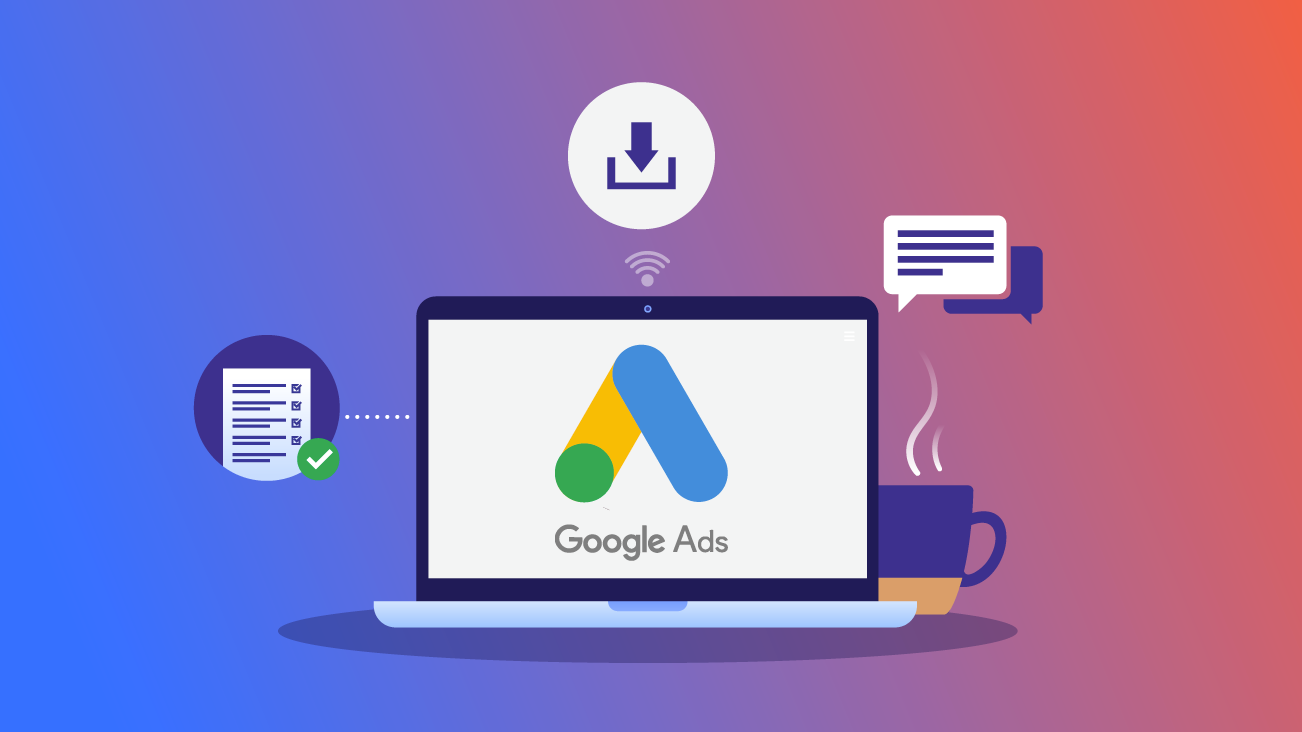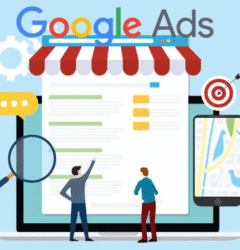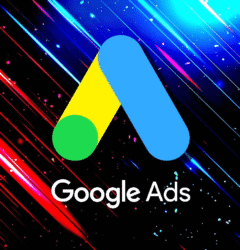In the digital world we currently live in, companies are reaching out to their audience through online channels, and there is no better online advertising platform than Google Ads. If you search for a product, a service, or just a solution to your problem on Google, most of the time, you will see some of the search results grouped together at the top of the page with “Ad” next to those results. These results were placed on the page after a structured advertising campaign was created through Google Ads. This advertising platform (formerly Google AdWords) allows businesses to connect with those who are looking for the exact product or service online. This is tremendously effective advertising simply because Google Ads is targeting intent rather than throwing out a large net and waiting for it to be seen by an audience. Google Ads is a pay-per-click (PPC) advertising network. That means users pay to place ads next to certain search terms (also called keywords) in Google’s search engine. When a user types a keyword into Google, the search engine matches the user’s search with the claimed ads that fit the searcher’s query. It then displays the ads at the top of the search results page or, in some cases, on one of Google’s many partner websites. What is different, and arguably better, about Google Ads is it combines a wide reach with reach and impact, and allows for detailed performance measurement. Advertisers will always struggle with calculating ROI and performance in traditional advertising, as there is simply not enough information. In comparison, Google Ads provides trustworthy data where advertisers can be convinced of what’s working and what’s not. The fundamentals of how Google Ads works is relevant for every entrepreneur and marketer that has a stake in online visibility, reaching the right audience, and maximizing their profit margins in an increasingly competitive online space.
The Pay-Per-Click model
Google Ads works on a pay-per-click system. This means that an advertiser only has to pay once a user actually clicks on their ad. This is very different from traditional formats like print or tv, where advertisers pay to have their advertisement placed with no knowledge of how many people even interacted with it. The pay-per-click system allows businesses to only when the user interacts with the ad. For example, if the user searches “best running shoes” in Google and clicks on a company ad, then this advertiser will pay for that click. If the ad is shown but not clicked, then that advertiser will not pay. This ultimately makes Google Ads an affordable, performance-based advertising channel.
Keyword Targeting and Bidding
In Google Ads, it is all about keywords. When an advertiser decides to run a campaign, they have to first determine what words or phrases a potential customer is likely to input in the Google engine. Then, the advertiser is going to bid on those keywords, by letting Google know how much they are willing to pay for a click when a customer clicks on their ad. The bidding process does not just depend on which advertiser is willing to pay the most money where Google will use its bid value along with the quality of the ad to determine which ad will be served at the top. The good thing about it is that this is not just based on bid value but the success of the user experience, which means this is relevant for the user and a positive experience. This means at the time the ads are served to the user all ads have a certain relevancy and a good user experience. Because of these things, it takes research and strategy to the right keywords for your campaign, and of course, it is tedious, keywords that are broad will likely lead to irrelevant clicks, and keywords that are narrow will lead to limited reach. This is where advertisers have seen the power and success when advertisers are intentional about their keywords and closely align with their potential customers’ intent.
The role of quality score
The Quality Score is one of the largest components of Google Ads. Google will determine a Quality Score for all keyword and ad pairs based on relevance, expected click-through rate, as well as the quality of the content found on the landing page that the ad takes them to. The higher the Quality Score means more value from Google and also possible lower cost-per-click for the advertiser.
Audience targeting
Google ads have so many options for targeting that marketers can show their ads to the right audiences. Targeting these audiences can be based on: location, language of the consumer, type of device that is being used, demographics (age, gender, parent status), what types of interests, or even if the user has interacted in some way with the advertisers website in the past. Remarketing is a very powerful option in your Google Ads arsenal, that allows businesses to target ads that those users previously seen that had visited the advertisers website but did not complete a purchase in the end. With all of these great targeting options available, Google Ads can be an extremely efficient way to show ads only to those people who are most likely to take action.





